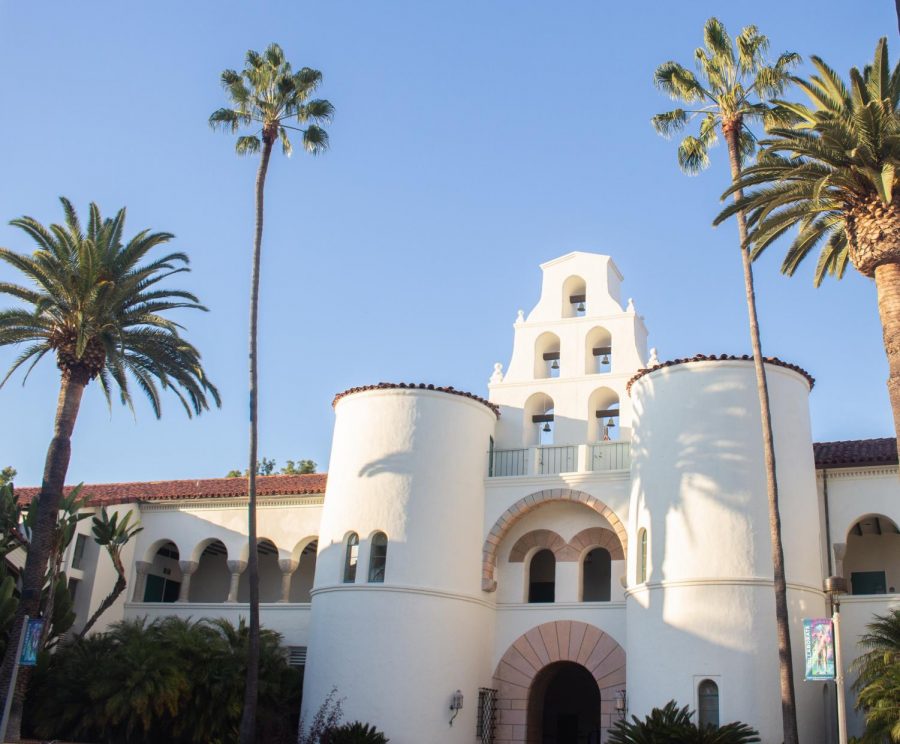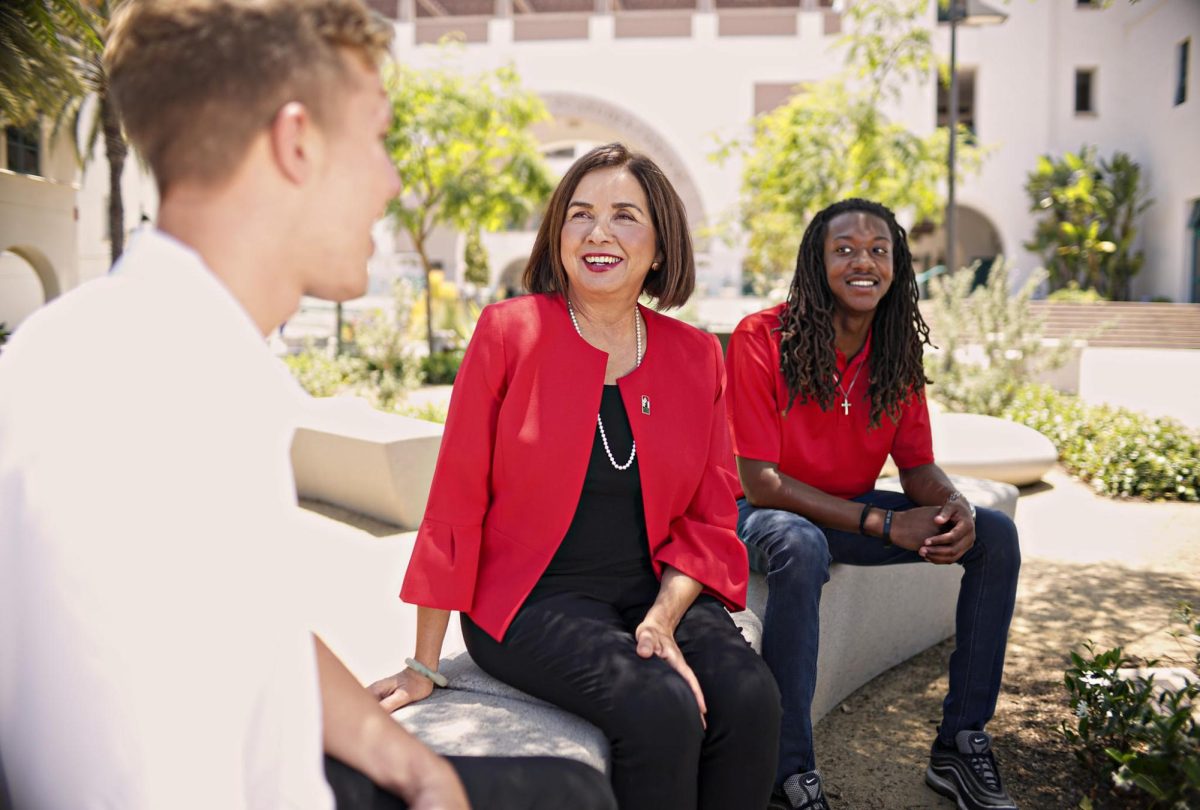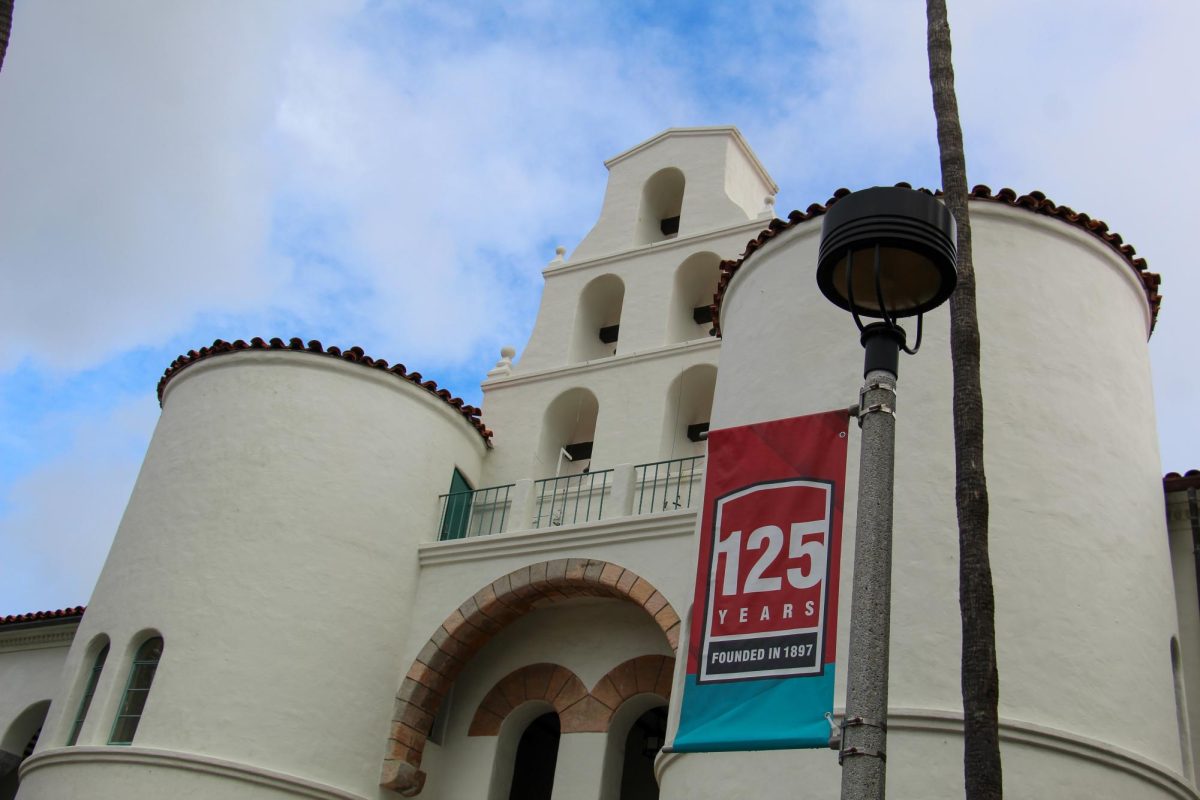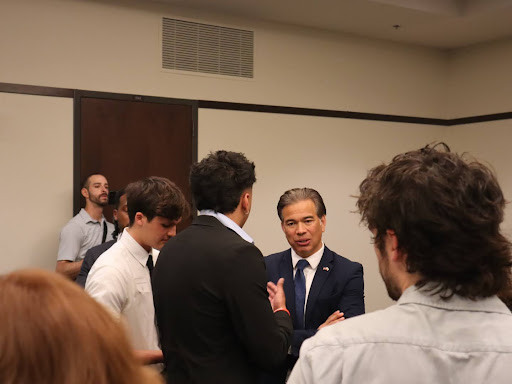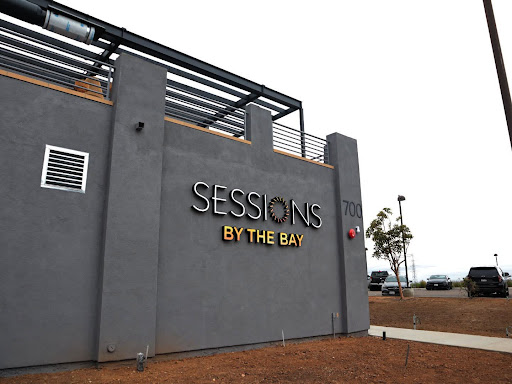Not surprisingly, the COVID-19 pandemic continues to wreak havoc on the state, California State University and San Diego State budgets. Nevertheless, above target state tax receipts, debt savings and better than expected enrollment numbers have provided a shred of good news in these uncertain times.
However, by no means have our budget problems gone away.
SDSU still must contend with a $35 million base budget reduction. The CSU faces a $299.1 million cut and California is estimating a $54 billion budget deficit.
Overall, the CSU budget remains uncertain. The Board of Trustees will meet in November to review and approve the 2021-22 state budget request, but with the state expecting “three full years of economic challenges,” a campus-wide email said, the CSU is preparing for the worst.
As a result, CSU officials anticipate decreased capital funding for new academic projects over the coming years. Deferred maintenance will continue to be a problem across the system’s 23 campuses, the email stated. At SDSU, deferred maintenance and campus renewal needs are estimated to be $1 billion, according to a request made to the President’s Budget Advisory Committee in March.
What does this mean for SDSU?
Decreases in CSU capital funding will not impact the development of SDSU Mission Valley, the university said in a statement.
“As a reminder, and as the university has shared since the developmental phase of for SDSU Mission Valley, the project will not rely on state dollars, tuition and fees,” the statement read.
The project will be funded primarily by public-private partnerships that provide external, non-state dependent financing, according to the university.
In August, President Adela de la Torre laid out a worst-case scenario and announced that the university would be relying on one-time reserves to stabilize the budget in the short-term, in conjunction with a search for long-term solutions. These solutions included a hiring chill, an early retirement program and suspension of capital construction projects.
In an Oct. 13 campus-wide email, de la Torre and Chief Financial Officer Anges Wong Nickerson provided an update announcing that cost-saving measures, like the Early Exit Program (EEP) announced in September, have been effective, and the budget outlook has improved due to positive enrollment numbers and debt restructuring.
Higher enrollments = higher tuition revenue
Perhaps the biggest news buried in the 1,300-word email: summer and fall actual enrollments and spring projected enrollment was not as bad as university officials expected them to be.
“It is thanks to the collective efforts of our colleagues across campus that the summer and fall actual enrollments, as well as the spring projected enrollment, surpassed the worst-case scenario applied in our conservative budget model,” de la Torre wrote in the email.
Non-resident enrollment is down, but resident enrollment is above target, the email stated. This means tuition revenue was higher than expected, thus allowing the university to step back from a CSU-wide hiring chill.
According to the email, 15 faculty searches can now resume, and 22 faculty lines that are open due to resignations or retirements before the Early Exit Program (EEP) are eligible for replacements.
“We are very pleased that we will be able to refill faculty lines during this difficult economic downturn,” de la Torre wrote.
Early Exit Program sees success
The application process for EEP is ongoing and closes Oct. 31, the email said, and according to the university, 126 applications have been approved and as of Oct. 20, five more applications are under review.
EEP is a voluntary program and of the 126 approved applicants, 123 have signed an official separation agreement, the university said. This agreement does not prevent individuals from returning to the university in the future, according to the frequently asked questions page on the EEP website.
Also, announced in the email was a combined $2.2 million in savings for several SDSU auxiliaries precipitated by refinancing existing debts. The SDSU Research Foundation, Aztec Shops and SDSU Global Campus benefited from these savings, according to the university.
“We planned with the intention of confronting the unplanned financial consequences of the pandemic while still hoping to bring in better-than-expected revenue,” the email states. “Our commitment to the effective implementation of long-term budget solutions, revenue generation strategies and cost-saving habits remains critical.”




